A truly fluffy cake feels like a cloud on a plate—tender, moist, and light enough to make you close your eyes on the first bite. The good news? You don’t need a pastry degree to get pro-level results. You just need the right steps, the right temperatures, and a few small habits that make a big difference.
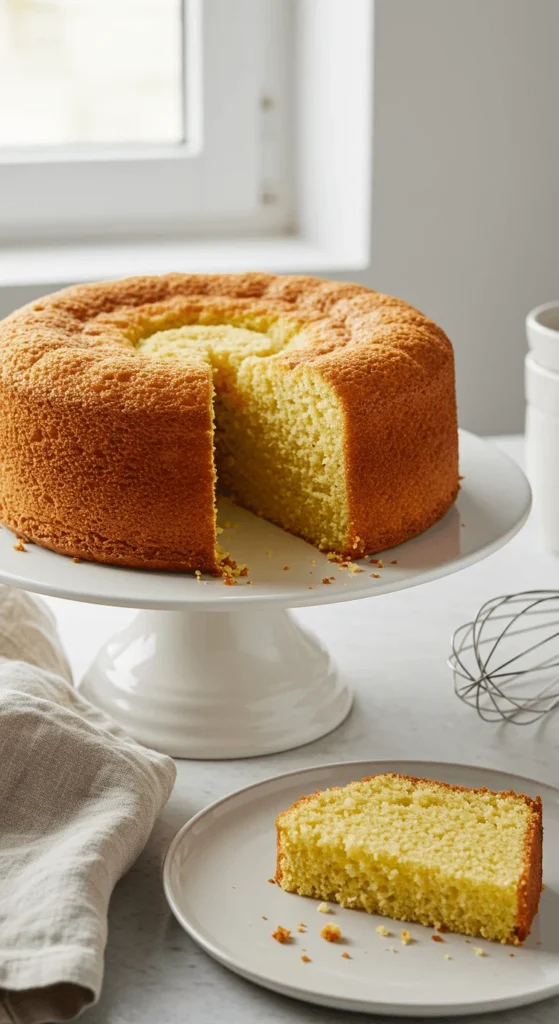
Choose the Right Base: Ingredients & Tools
Start with high-quality basics. The texture of your cake depends on how each ingredient pulls its weight.
- Cake flour (or all-purpose + cornstarch substitute) for a fine, tender crumb
- Room-temperature butter for proper aeration
- Room-temperature eggs for a stable emulsion
- Fresh baking powder (check the date!)
- Whole milk or buttermilk for moisture and softness
- Vanilla extract for aroma
- Fine granulated sugar (not coarse) for even mixing
Tools you’ll want:
- Stand mixer or hand mixer with beaters
- Two 8-inch round pans (or one 9×13)
- Parchment paper
- Digital scale (optional but very helpful)
- Oven thermometer (to confirm your oven is honest)
Room-Temp Shortcut: Place cold eggs in warm water for 10 minutes; microwave butter in 5-second bursts until just soft, not melted.
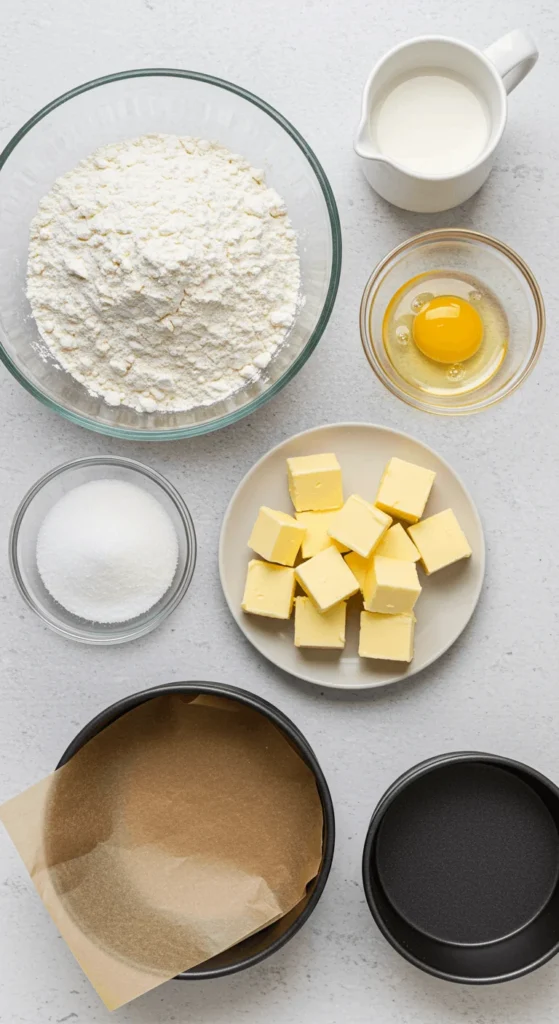
Why Cakes Turn Fluffy (In Plain English)
A fluffy cake is all about air + structure:
- Creaming butter and sugar traps tiny air bubbles that expand in the oven.
- Leavening (baking powder/soda) releases gas that lifts the batter.
- Gluten control (using cake flour and not overmixing) keeps the crumb tender, not chewy.
- Moisture balance (milk/buttermilk) keeps it soft without collapsing.
Tip: If your cake is dense, the usual culprits are cold butter, rushed creaming, old leavening, or overmixed batter.
Step-by-Step: Your No-Fail Fluffy Vanilla Cake
1) Prep the pans & oven
- Preheat to 350°F / 175°C.
- Grease pans, line bottoms with parchment, and lightly flour the sides.
- If your oven runs hot or cold, adjust using an oven thermometer.
2) Cream butter + sugar (5–7 minutes)
- Beat room-temp butter and sugar on medium-high until pale and noticeably fluffy.
- Scrape the bowl a few times so everything gets whipped.
- Proper creaming = more air = more lift.

3) Add eggs, one at a time
- Mix in eggs on medium speed, fully blending each before adding the next.
- Add vanilla. The mixture should look smooth and slightly glossy.
4) Alternate dry and wet
- Whisk dry ingredients (flour, baking powder, pinch of salt).
- Add ⅓ dry → ½ milk → ⅓ dry → ½ milk → final dry.
- Mix on low until just combined. Overmixing knocks out air and builds tough gluten.
5) Pan + level
- Divide batter evenly, smooth the tops with an offset spatula, and tap each pan once to release big bubbles.
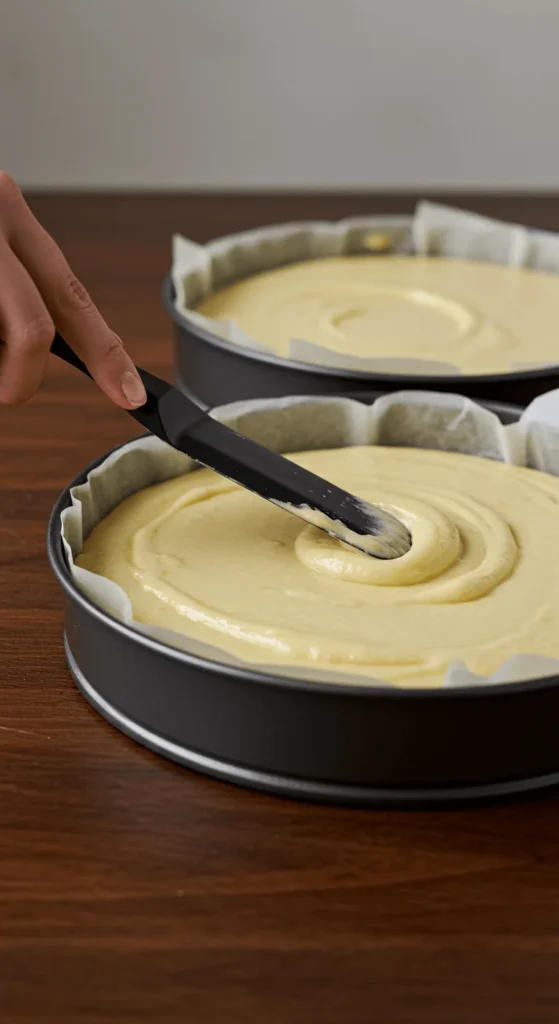
6) Bake smart
- Bake 22–28 minutes (rounds) or 25–32 (9×13), until:
- A toothpick comes out with a few tiny crumbs (not wet batter), and
- The center springs back lightly when touched.
- Don’t open the oven in the first 15 minutes—heat loss can cause sinking.
7) Cool correctly
- Cool in pans 10 minutes, then turn out to a rack. Peel parchment and cool fully before frosting. Warm cake + frosting = sliding, melting mess.
Pro Tips That Make a Big Difference
- Weigh your ingredients. Especially flour. Too much = dense cake.
- Don’t skimp on creaming time. Pale and fluffy is the target.
- Check your leaveners. If they’re over 6 months open, replace them.
- Mind the milk. Buttermilk = extra tenderness and a subtle tang.
- Avoid overbaking. Dry edges = lost fluff. Pull cakes when a few moist crumbs stick to the pick.
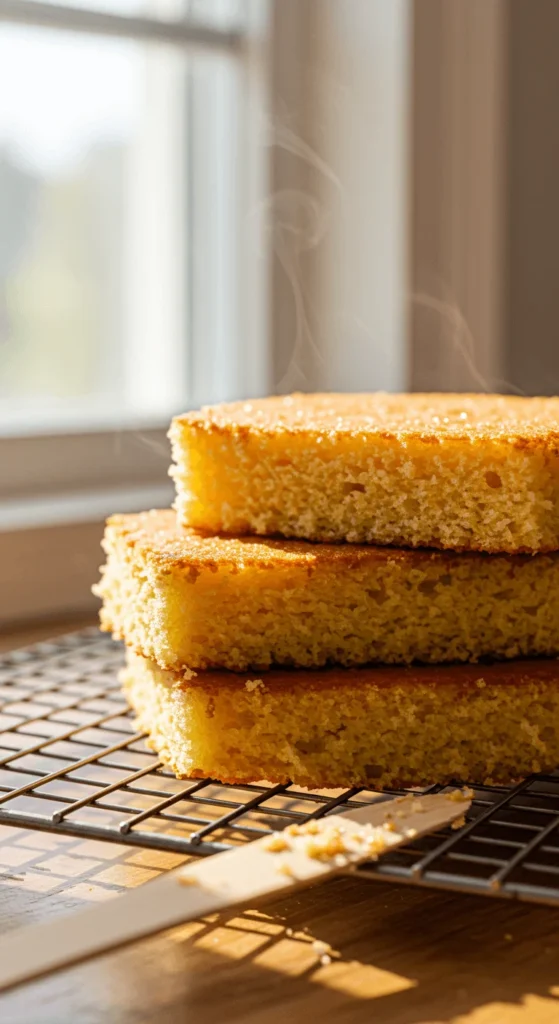
Easy Flavor Swaps (Without Losing Fluff)
Keep the base method; tweak the flavors:
- Citrus: Add 1–2 tbsp lemon or orange zest with the sugar (rub it in to release oils). Swap 2–3 tbsp of milk with fresh juice.
- Almond-Vanilla: Replace ½ tsp vanilla with ½ tsp almond extract.
- Coconut: Use canned coconut milk in place of regular milk; fold in fine desiccated coconut (¼ cup) at the end.
- Chocolate Marble: Remove 2 tbsp flour and add 2 tbsp cocoa to ⅓ of the batter; swirl it in.
Frosting ideas that complement a fluffy crumb:
- Light whipped vanilla buttercream
- Stabilized whipped cream (great for berries)
- Cream cheese frosting (less sweet, more tang)
Troubleshooting Denses & Sinks
- Cake sank in the center: Oven door opened too early, underbaked, or too much leavener.
- Greasy or heavy: Butter too warm or not creamed enough; batter overmixed after adding flour.
- Dry texture: Overbaked or too much flour. Measure carefully and check early.
- Tunnels: Mixed too long on high speed after flour was added.
Serve, Store, and Make-Ahead
- Serve: Let frosted cake sit 15–20 minutes at room temp for best texture.
- Store: Keep covered at room temp up to 2 days (buttercream) or refrigerate up to 4–5 days; bring to room temp before serving.
- Freeze: Wrap unfrosted layers tightly and freeze up to 2 months; thaw wrapped at room temp.
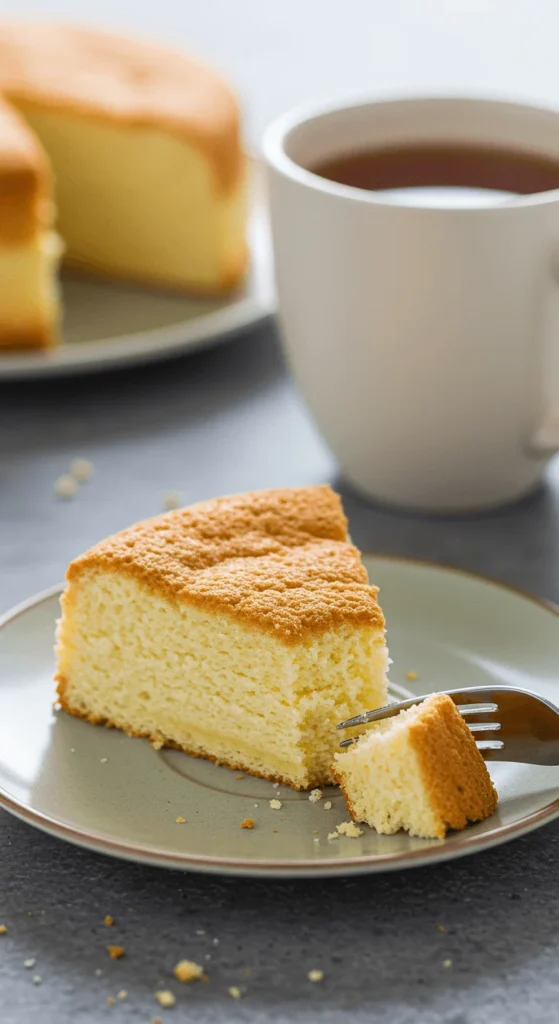
Save this recipe for later and share it with the friend who swears their cakes always turn out dense—this is the method that changes that.
Leave a Reply